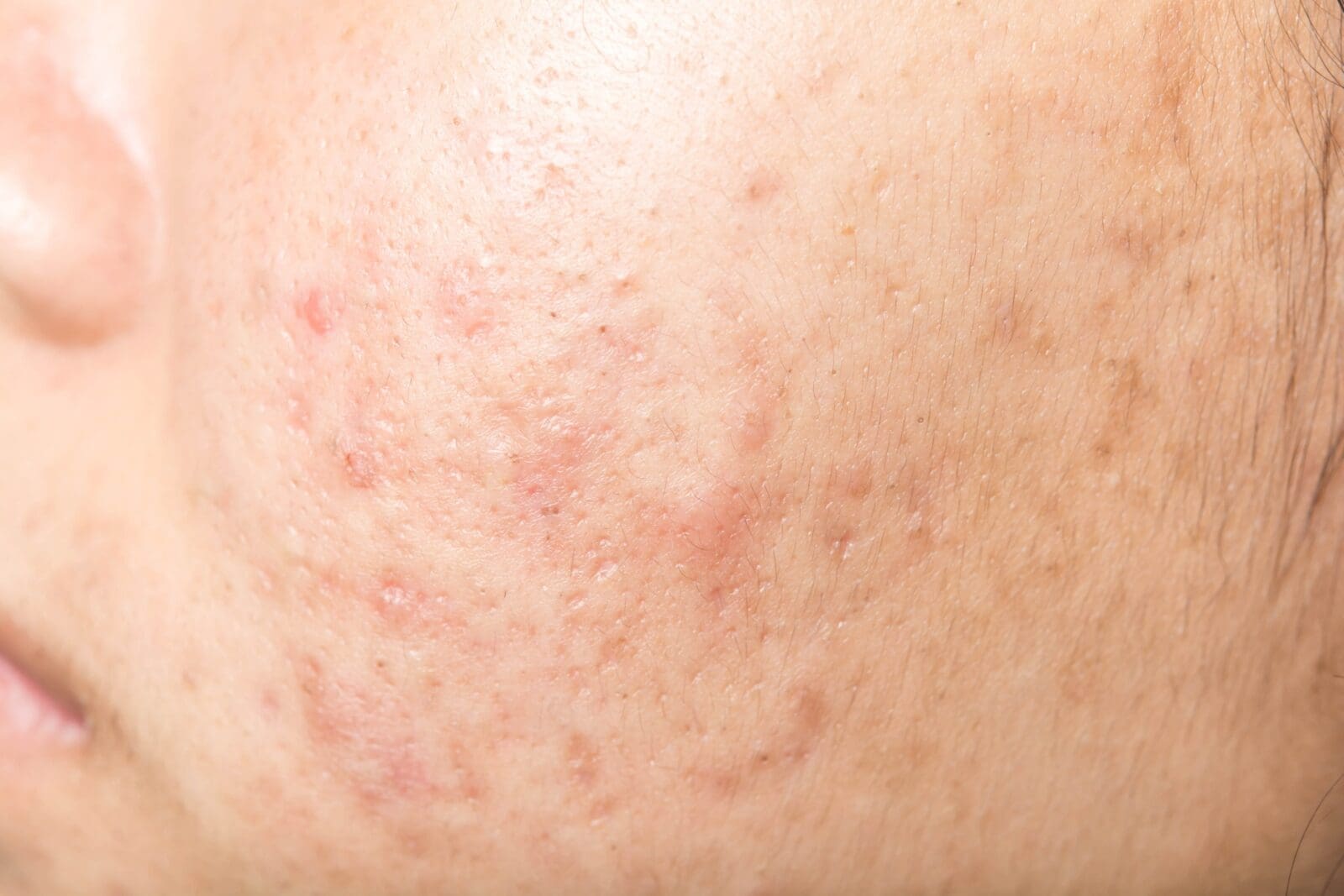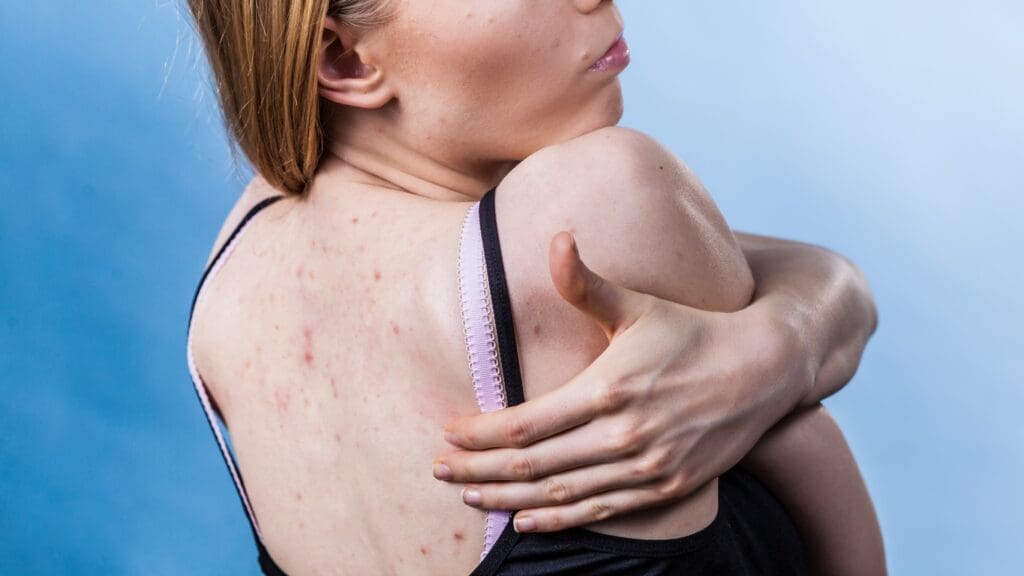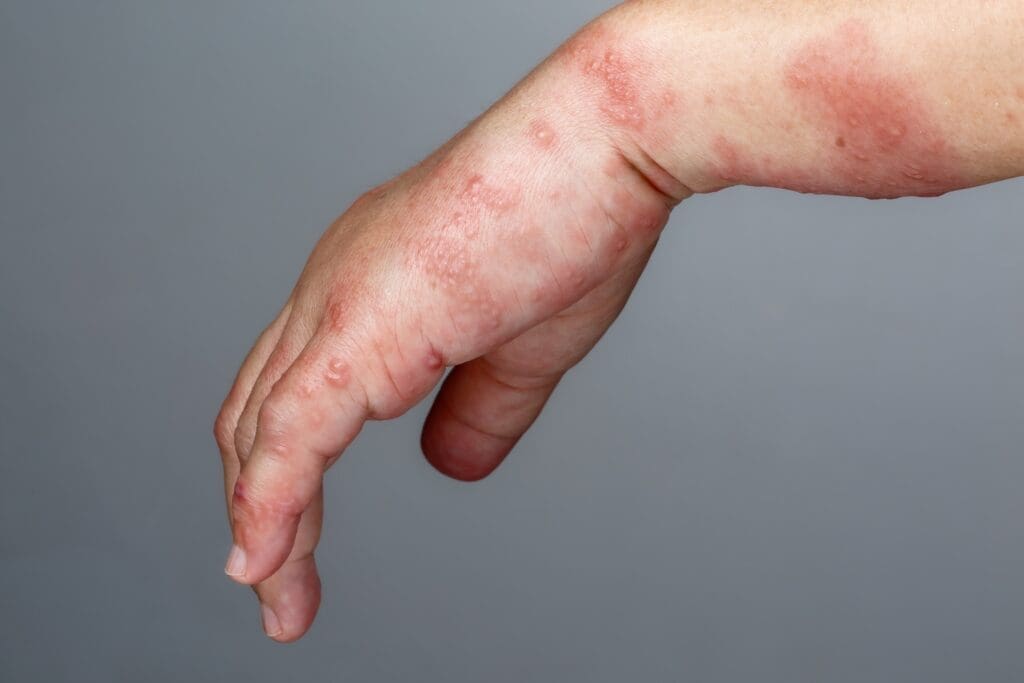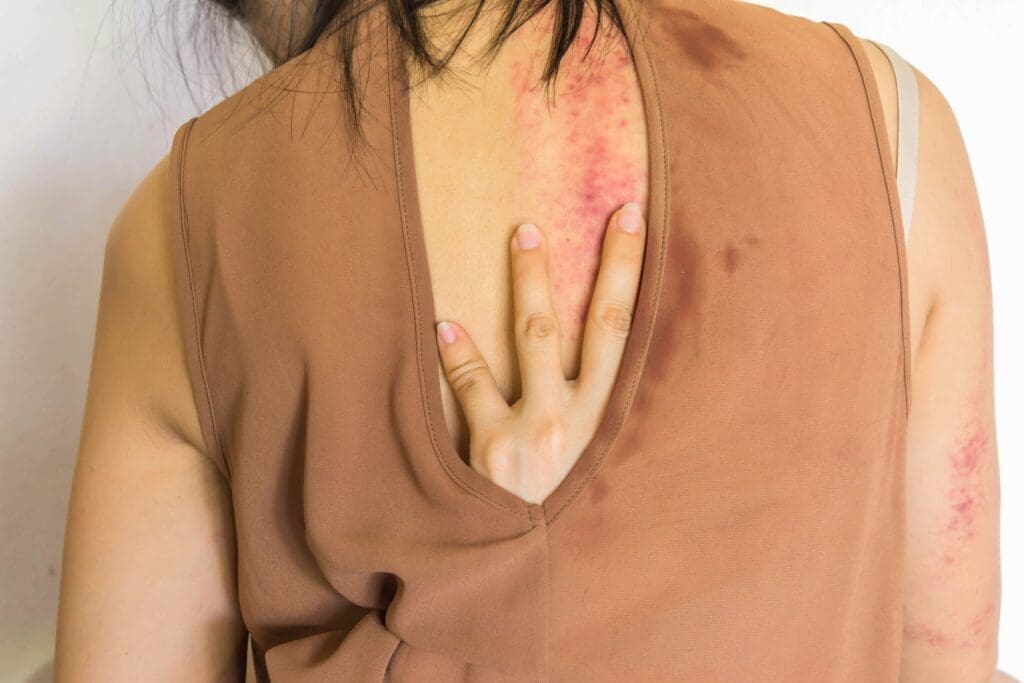

Causes, Symptoms, Diagnosis, and Treatment of Seborrheic Dermatitis
( English-Speaking Dermatologist in Taiwan )
Seborrheic dermatitis, also known as seborrheic eczema, is a common yet troublesome chronic skin condition. It typically affects areas with high sebaceous gland activity, such as the scalp, hairline, eyebrows, nasolabial folds, and around the mouth. During seasonal changes, these areas may become red and scaly to varying degrees. Although the exact cause remains unclear, it is believed to be associated with an overgrowth of Malassezia yeast.

Causes of Seborrheic Dermatitis
The exact cause of seborrheic dermatitis remains unclear, but several factors are thought to contribute to its development. This condition typically occurs in areas rich in sebaceous (oil) glands, such as the scalp, face, and torso. Some factors that may increase the risk of seborrheic dermatitis include:
- Genetic Predisposition: Seborrheic dermatitis is associated with individual genetic traits and is not contagious.
- Weakened Immune System: Factors like high emotional stress and lack of sleep may weaken the immune system, potentially worsening seborrheic dermatitis symptoms.
- Malassezia Yeast: Malassezia, a harmless yeast found on the skin, is linked to seborrheic dermatitis.
Symptoms of Seborrheic Dermatitis
Symptoms of seborrheic dermatitis vary widely but often include the following:
- Itching: Affected areas are often itchy, causing discomfort.
- Red Patches: The skin may develop red, inflamed patches in affected areas.
- Scaly Skin: One of the most noticeable features is scaly skin, with flakes that are often yellow or yellow-brown.
- Oily Feeling: The affected skin areas may feel greasy or oily to the touch.
- Crusting: In some cases, the skin may form thick crusts, which may be moist.
The severity of symptoms can range from mild dandruff to severe exfoliative erythroderma, depending on the condition’s progression.

Diagnosis of Seborrheic Dermatitis

Methods for Diagnosing Seborrheic Dermatitis
- Skin Examination: A physician will carefully examine the patient’s skin, focusing on affected areas to look for typical signs of seborrheic dermatitis, such as red patches with greasy, yellowish scales.
- Skin Cell Biopsy: Sometimes, a doctor may take a small skin scraping for biopsy. This helps rule out other conditions that resemble seborrheic dermatitis, such as psoriasis, atopic dermatitis, and tinea versicolor. A biopsy provides a more accurate diagnosis.
Distinguishing Seborrheic Dermatitis from Similar Conditions
- Psoriasis: While similar in appearance, psoriasis is often marked by silvery-white, plaque-like scales, which are more prominent than those seen in seborrheic dermatitis.
- Atopic Dermatitis: Also known as allergic eczema, atopic dermatitis typically affects areas like the inner elbows, the backs of the knees, and the neck, and is characterized by intense itching and recurring inflammation, differing from the presentation of seborrheic dermatitis.
- Tinea Versicolor: Also called pityriasis versicolor, this condition usually appears on the trunk, not the face, and doesn’t present as red. Additionally, it lacks the oily scales that are common in seborrheic dermatitis.
Treatment of Seborrheic Dermatitis
The goal of treating seborrheic dermatitis is to relieve symptoms and prevent recurrence. Common treatments include:
- Topical Medications: Corticosteroid creams or ointments, such as 1% hydrocortisone, are often used to reduce redness and itching. Sulfur or tar-based products may also help manage symptoms.
- Medicated Shampoos: For scalp symptoms, shampoos containing tar are often effective. Apply a sufficient amount to the scalp, massage it in, and leave it for about five minutes before rinsing. Daily use may be recommended if symptoms are severe.
- Avoiding Strong Corticosteroids: Long-term use of potent corticosteroids should be avoided to reduce the risk of side effects.
Seborrheic dermatitis responds well to topical treatments, and dandruff can be managed with anti-dandruff shampoos. However, it tends to recur, especially with triggers such as emotional stress, lack of sleep, changes in weather or humidity, and certain foods. In addition to medication, maintaining a regular lifestyle can be key to managing the condition effectively.
